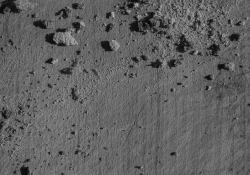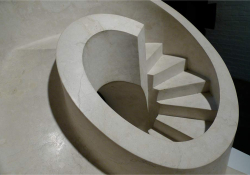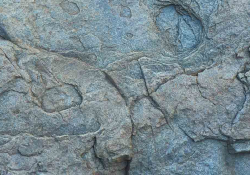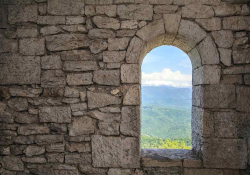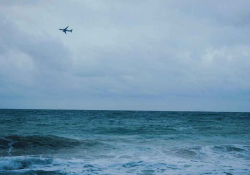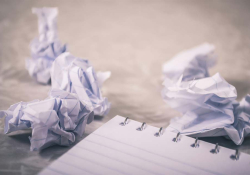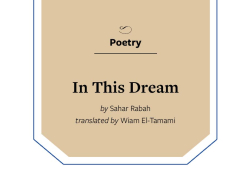The Canvas of Encounter. Tàpies
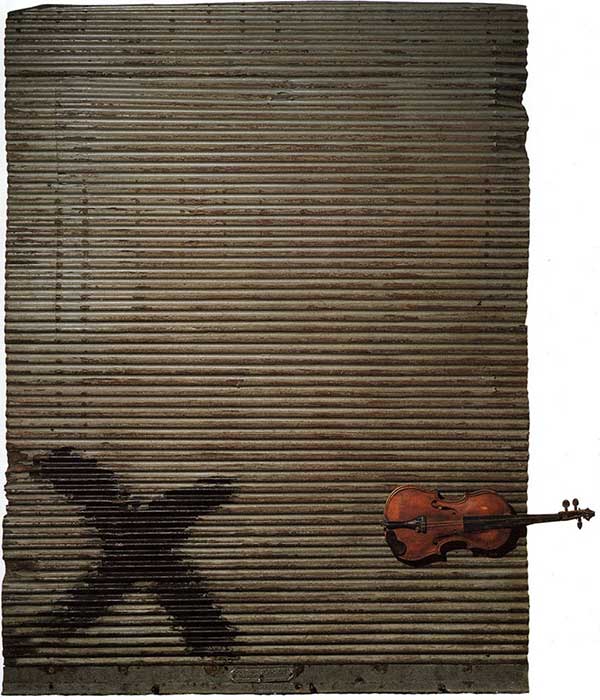
Back then I learned that the painter’s
gesture contains both the movement of the planet
and the blade of grass on the mountain.
In his wrist I saw the tree bent
by the wind moan, love’s dawning,
the fruits of the night,
and night wind love.
One can read in these paintings
the unruly footprints on the peeling
wall, the chalk and anonymous
whimper, the firmament and attachment,
ropes, cries, the daily
alphabet, chair and closet,
the destructive X that takes over
space and being, the destruction
that is construction, the red and violin
on the metallic door, the nothingness
and the ecstasy: the canvas of encounter.
Translation from the Spanish
By Arthur Dixon & Daniel Simon
Antoni Tàpies i Puig (1923–2012) was a Spanish painter, sculptor, and art theorist who became one of the most famous European artists of his generation.
Editorial note: The Spanish version of this poem appears in Las dos hermanas: Antología de la poesía española e hispanoamericana del siglo XX sobre pintura, ed. Enrique Andrés Ruiz (FCE, 2011).


